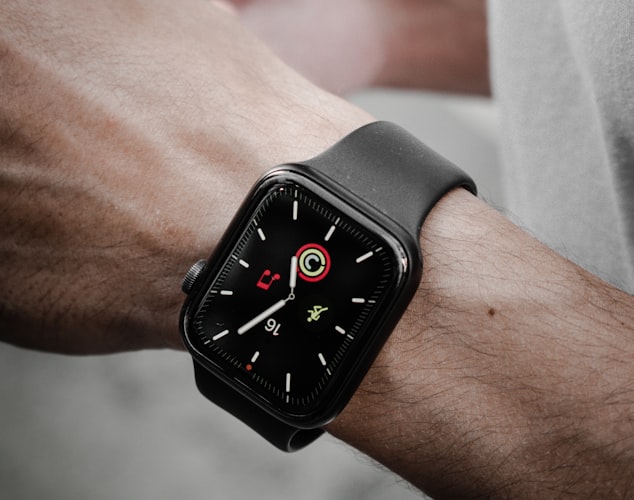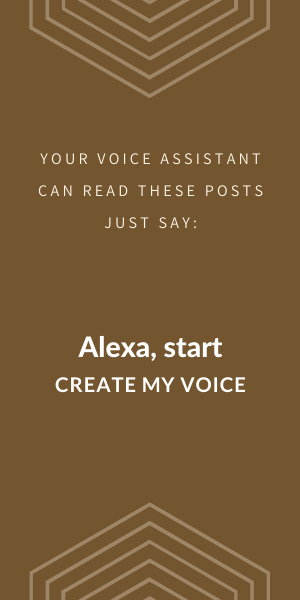
The Voice Assistant is moving from the Smart Speaker and Smartphone, into other devices like smartwatches, smart rings, and even wireless headphones and earbuds. Wearables or Hearables, are making it even easier to access digital Voice Assistants.
Today, nearly every pair of wireless earbuds or headphones you buy has the option to call on a voice assistant. This has expanded the use of voice assistants and opened up a world of possibilities. Let’s examine that.
Smart Wearable Sales Have Increased
A small, but steady, increase has been recorded in smartwatch sales in the US from 2016 to 2020. Even before the year is out, 22.6 million smartwatches have been sold in the US in 2020. And in July, it was reported the COVID-19 pandemic caused an increase in the sales of smart wearables.
What about headphones? Well, the release of new wireless earbuds and over-ear headphones has really picked up in the past 4 years. Forecasts show sales rising to 158 million units per year in 2022, displacing smartwatches as the most popular wearable.
The big-3 Voice Assistants each manufacture earbuds, Apple’s AirPods, Google Pixel Buds, and Amazon Echo Buds. But many other brands now offer voice assistant support, including Sony, Bose, Jabra, and others. With hundreds of millions of units being sold every single year, the use of voice assistants will continue to rise.
Smart rings and eyeglass frames are the new kids on the block. Amazon demonstrated easy access to the Alexa Voice Assistant using the Amazon Echo Frames and the Amazon Echo Loop (also known as the Alexa Ring). Apple has also filed a patent that mimics the design of the Amazon Echo Loop for its own smart ring. And if both Amazon and Apple have their voice assistant in smart rings, expect other brands to follow.
The total market for smart wearables is expected to rise to $24.5 billion by 2023.
The Application of Voice Assistant Smart Wearables
According to a study by Adobe Analytics, the most common voice activities are as follows: 70% use their voice assistants for music, 64% for weather forecasts, 47% for online search, and 34% for asking directions. About 66% used voice commands to make calls according to the same study.
Easy access to Voice Assistants like Alexa, or Siri, or Google Assistant will continue to expand the uses of Smart Wearables going forward.
Health and Fitness
Previously, smartwatches and headphones were niche products for exercise. The Apple Watch, as well as the Fitbit and nearly all Android Wear products, have been marketed for health and fitness. But by including a digital Voice Assistant, the usefulness of Wearables will grow far beyond just health and fitness.
Authentication
Objects like smartwatches and smart rings can be used to authenticate payments and grant access to other devices. Voice recognition technology may play a huge role in authentication in the coming years. It’s possible that products like the Amazon Echo Loop and the Apple Watch can provide voice recognition-based authentication.
Controlling Other Devices
While it’s already common to control smart appliances using smart speakers and smartphones, smart wearables can too. Wearing something that can relay commands or dictate messages can be extremely convenient. This may have all sorts of office-based and home-based applications.
Voice assistant use for wearables is still in its infancy. However, the possibilities are very broad.

